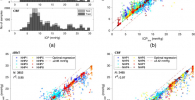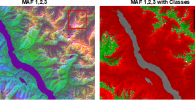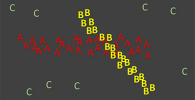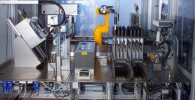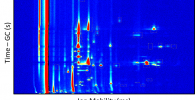Gembloux
The goal of the course is to teach participants about Near Infrared (NIR), Mid-Infrared (MIR) and Raman technologies and how to perform basic multivariate analysis/Chemometrics.
Participants will become familiar with the vibrational spectroscopic technology and statistical concepts used in Chemometric applications.
Most attention will be given to the ideas underlying the different techniques and methods and their application mainly in the agronomical sector. Theoretical considerations and equations will be limited to what is needed to have sufficient insight to properly use the techniques. Most of the examples will be related to spectroscopy and chemometrics applied in the food and feed sectors, but the scope is broader.
NIR, MIR and Raman techniques include the use of classical benchtop instrumentation as well as more advanced systems, such as systems combined with microscopy and Hyperspectral Imaging, or the most recent handheld devices.
Chemometrics methods include exploratory tools such as Principal Component Analysis (PCA), calibration-based methods as Partial Least Squares (PLS) and discriminant techniques such as Support Vector Machines (SVM) among others as well as the
figures of merit within the quantitative/qualitative calibration model, topics related to advanced pre-processing, calibration transfer and how to validate / judge model quality.
CRA-W expertise covers all kinds of vibrational spectroscopic methods, namely NIR, MIR, Raman, NIR microscopy, hyperspectral Imaging and fluorescence; as well as the more advanced Chemometric methods.

